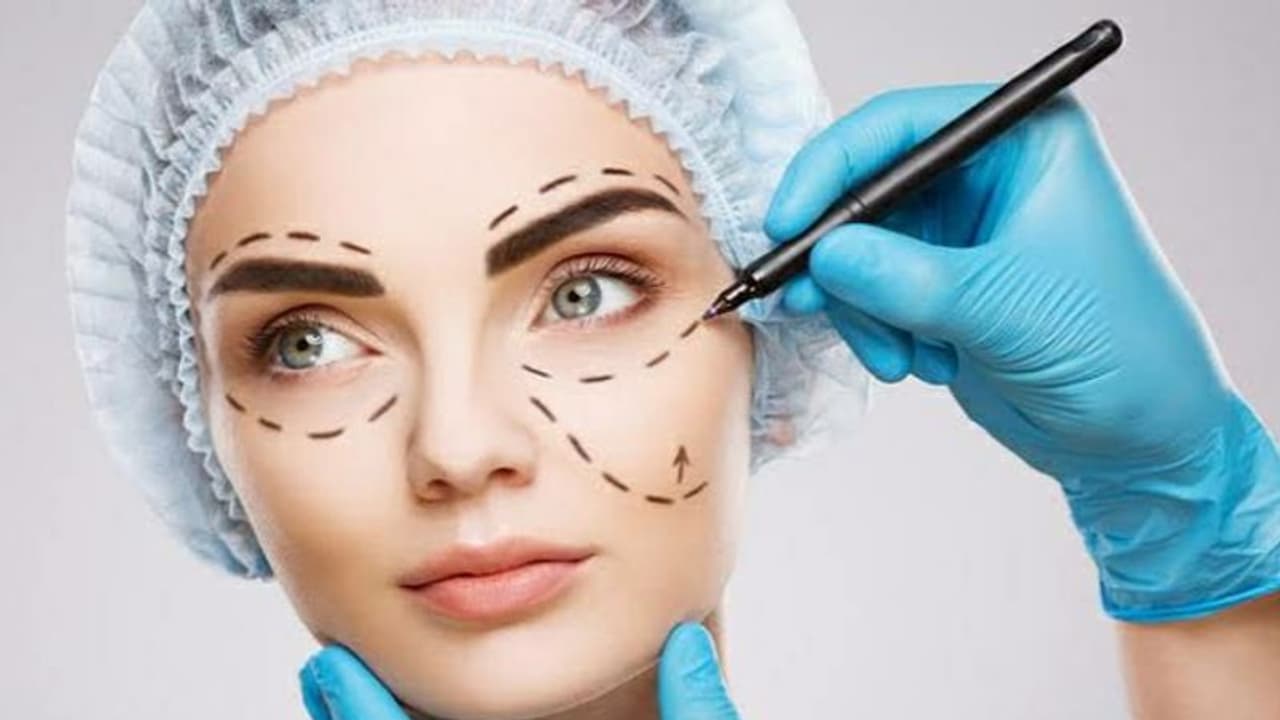We spoke to Dr. Srikanth V, Consultant – Plastic, Reconstructive & Cosmetic Surgery, Manipal Hospital Old Airport Road, who told us about the do's and don't of Tummy Tuck and Hair Transplant
Hair Transplant
Introduction:
Hair transplantation is a type of surgery that involves moving the existing hair of an individual to cover bald or sparse spots. Though doctors in the United States have performed these transplants since the 1950s, recently, the methods have significantly changed. Typically, the procedure usually performed in the doctor's office. To numb the back of the head, the surgeon first cleans your scalp and injects medication. Follicular unit extraction (FUE) or Follicular unit strip surgery (FUT) are the two techniques that the doctor use for the transplant.

Also Read: Want your skin and hair to be monsoon ready? Use these tips!
The reason behind the Measures:
Any man or woman, regardless of ethnicity, could benefit from a hair transplant. A person facing severe hair loss and concerned about appearance can undergo a hair transplant. Though to proceed with the process, the individual asked to get blood tests to understand the reason behind the hair fall and that a hair transplant is usually done. To get a transplant done, a sufficient amount of healthy hair on the scalp that can be transplanted to the balding area is needed. In this case, the capacity to develop hair on the scalp's thinning area is also considered.
Risk Factors of These Measures:
Transplants have some dangers, including bleeding and infection, like any type of surgery. Additionally, scarring and unnatural-looking new hair growth is both potential side effects. Some people experience folliculitis, an infection or inflammation of the hair follicles, at the time that new hairs begin to form. The issue can be resolved with compresses and antibiotics. Another possibility is shock loss, when the individual abruptly loses some old hair in the place where the new strands are obtained. However, shock loss rarely lasts forever.
Tummy Tuck
Introduction
An individual can have poor skin elasticity, weak connective tissue in the abdomen or extra body fat for various reasons, including pregnancy, the natural body type of the person, significant weight change, surgeries related to abdominal fats, and ageing. A tummy tuck can tighten the weak fascia and remove loose, extra skin and fat. Stretch marks and excess skin in the lower abdomen beneath the belly button may also be removed during a tummy tuck. However, stretch marks outside of this region won't be eliminated with a tummy tuck. A tummy tuck can be combined with other body-contouring cosmetic surgeries, such as breast augmentation. Anyone might elect to get a tummy tuck after having liposuction to remove the fat from your abdomen. Liposuction only eliminates the tissue just under the skin and the fat, not any extra skin.
The reason behind the Measures:
Abdominoplasty sometimes referred to as a tummy tuck, is a cosmetic surgical operation to enhance the shape and appearance of the abdomen. Excess skin and fat from the abdomen are removed during a tummy tuck. Additionally, sutures are frequently used to tighten the belly's fascia, the connective tissue. The remaining skin is then moved to give the appearance of more toning. If anyone who has a weak lower abdominal wall or extra skin or fat around the belly button could decide to get a tummy tuck. Your self-image may also improve after a belly tuck. It not only helps get a structured body but also helps enhance any individual's self-esteem.
Also Read: World Plastic Surgery Day: What is breast reconstruction? Know some risks involved
Risk Factors of These Measures:
Fluid build-up underneath the skin (seroma), where after surgery, drain tubes can aid in lowering the chance of excess fluid. So, draining fluid using a needle and syringe is very important after surgery. Sometimes the surgery wounds don't heal well. For instance, the incision line's surrounding tissues heal slowly or start to separate. Along with that, scarring is also one of the main risk factors in this case, as it hampers the appearance of an individual. On the other hand, tissue damage of the abdominal area and alteration in skin sensation (due to affected nerves of the abdomen) are considered as other significant risk factors.
